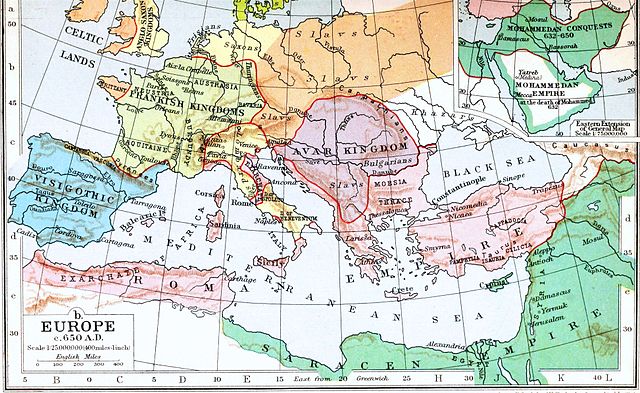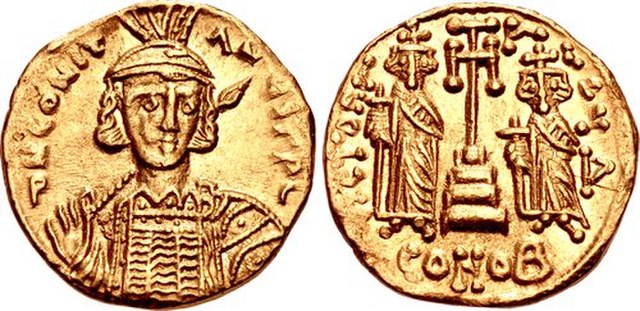Abu Ayyub al-Ansari — born Khalid ibn Zayd ibn Kulayb ibn Tha'laba in Yathrib — was from the tribe of Banu Najjar, was a close companion and the standard-bearer of the Islamic prophet Muhammad. Abu Ayyub was one of the Ansar of the early Islamic history, those who supported Muhammad after the hijra (migration) to Medina in 622. The patronym Abu Ayyub, means father (abu) of Ayyub. Abu Ayyub died of illness during the First Arab Siege of Constantinople.
The tomb of Abu Ayyub in Istanbul, Turkey
The türbe of Abu Ayyub al-Ansari
Siege of Constantinople (674–678)
The first Arab siege of Constantinople in 674–678 was a major conflict of the Arab–Byzantine wars, and the first culmination of the Umayyad Caliphate's expansionist strategy towards the Byzantine Empire, led by Caliph Mu'awiya I. Mu'awiya, who had emerged in 661 as the ruler of the Muslim Arab empire following a civil war, renewed aggressive warfare against Byzantium after a lapse of some years and hoped to deliver a lethal blow by capturing the Byzantine capital of Constantinople.
Europe, the Byzantine Empire and the Umayyad empire c. 650
Gold nomisma of Constantine IV
The Golden Gate of the Theodosian Walls of Constantinople
Depiction of the use of Greek fire, from the Madrid Skylitzes. It was used for the first time during the first Arab siege of Constantinople, in 677 or 678.






